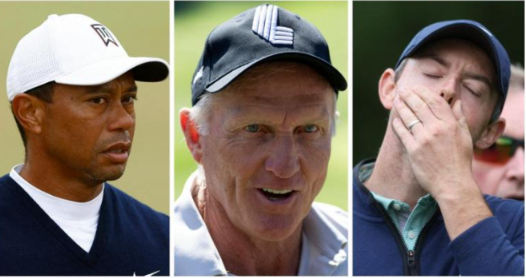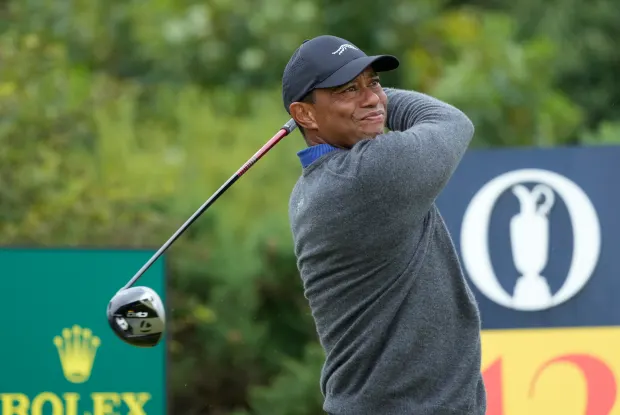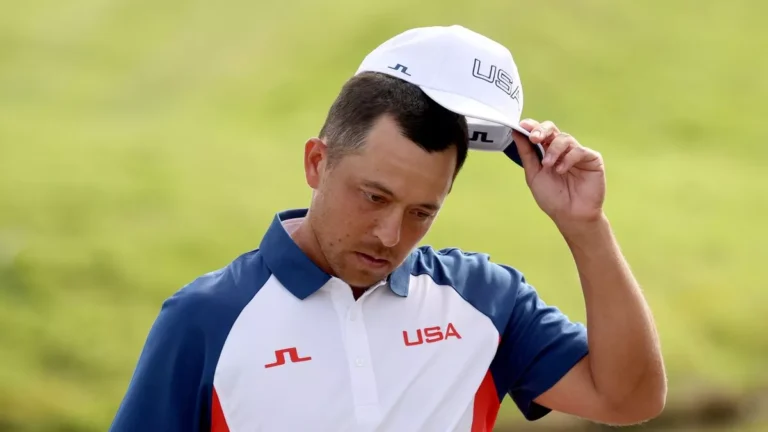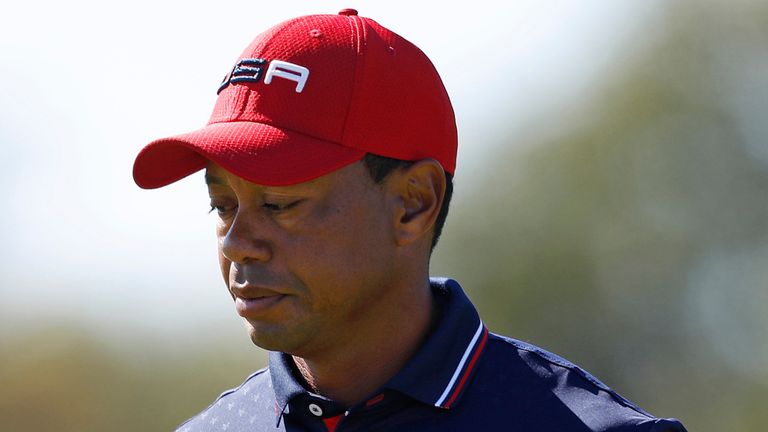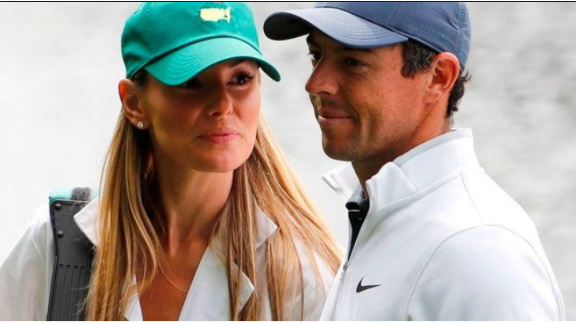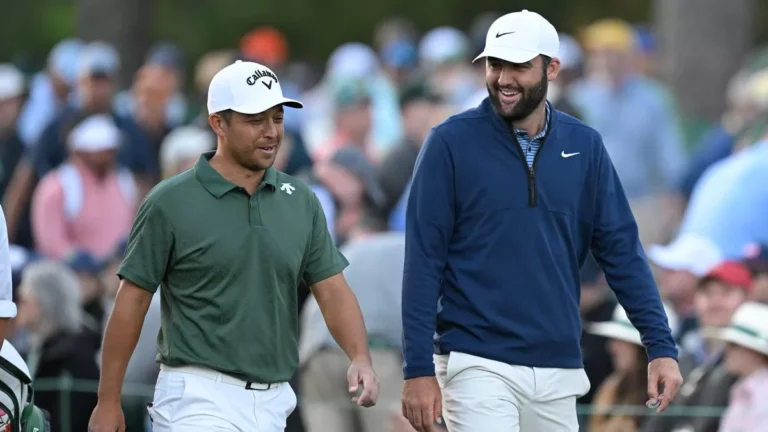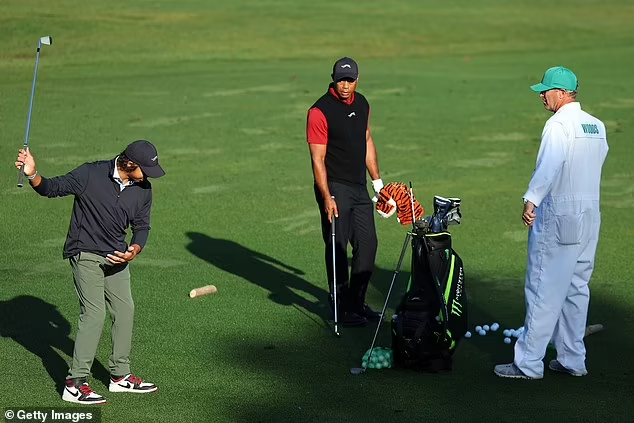Golf’s Great Divide: A Tale of Two Tours at the Masters
As Scottie Scheffler stands in Butler Cabin, while Greg Norman poses in a New York studio, the stark contrast between the two images epitomizes the schism within golf, scattering its luminaries across rival circuits. The divide, which has kept golf’s biggest stars apart, underscores the challenge facing the sport: the absence of unity. Yet amidst…
As Scottie Scheffler stands in Butler Cabin, while Greg Norman poses in a New York studio, the stark contrast between the two images epitomizes the schism within golf, scattering its luminaries across rival circuits. The divide, which has kept golf’s biggest stars apart, underscores the challenge facing the sport: the absence of unity.
Yet amidst this discord, the Masters emerges as an oasis of anticipation, its allure magnified by Augusta National’s hallowed grounds and a rich tapestry of history spanning nine decades. Following a year marked by the convergence of the PGA Tour and LIV Golf at the Masters, this edition feels like a long-awaited reunion.
Reflecting on the initial split between the tours, Xander Schauffele acknowledges the intrigue it generated, akin to a showdown between LIV and the PGA Tour. However, as the Masters approaches, the tone shifts, with fans eagerly anticipating the spectacle of golf’s elite competing once more.
Come April 11th, when the first tee shot echoes through Augusta, it will mark 263 days since the world’s premier players vied for the same prize. From Rahm to Scheffler, Koepka to McIlroy, the Masters gathers them all under its storied canopy, even beckoning aging stalwarts like Mickelson and Woods.
Yet, beneath the surface lies a tumultuous landscape. The PGA Tour’s dalliance with Saudi backers of LIV Golf, though initially promising, has been mired in antitrust concerns and congressional scrutiny. As negotiations teeter between U.S. private equity groups and Saudi investors, the future remains uncertain.
Against this backdrop of uncertainty, Bryson DeChambeau voices a longing for a return to regular competition amongst the world’s best. The proximity between the tours, evident only briefly in February, remains a stark reminder of their estrangement.
For now, the four majors stand as the lone junctures of convergence, imbuing each tournament with heightened significance. Rahm encapsulates this sentiment, emphasizing the camaraderie and competition fostered by these rare gatherings.
As the Masters unfolds, all eyes turn to Scheffler, whose meteoric rise to the summit of the golfing world defies the conventional narrative. With statistics reminiscent of Woods’ heyday and a newfound prowess on the greens, Scheffler embodies the spirit of competition.
Meanwhile, for McIlroy, the quest for golfing immortality drives his every stroke. A decade since his last major triumph, the Masters represents a chance to etch his name alongside the game’s elite.
Amidst the fervor, Woods’ presence looms large, his influence extending beyond the fairways. As the staunchest opponent of LIV Golf, Woods’ advocacy for unity resonates profoundly, even amidst his ongoing rehabilitation.
As the Masters beckons, lingering questions abound. Can Rahm maintain his form despite limited play? What drives motivation in a landscape dominated by guaranteed riches?
Yet, amidst the uncertainty, one thing remains clear: the Masters stands as a beacon of unity, where rivalries are set aside, and the pursuit of greatness reigns supreme. As players converge on Augusta, the echoes of history reverberate, reminding us of golf’s timeless allure and the power of the sport to transcend divisions.
